The Deep-sea Oddity: Unveiling the Mystery of Psychrolutes phrictus
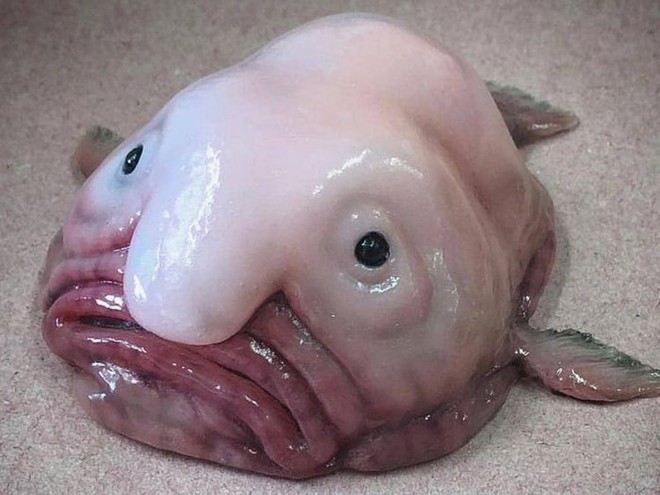
In the uncharted depths of the world’s oceans lies a creature that could easily be mistaken for a creature from another planet. With its gelatinous appearance and unique features, Psychrolutes phrictus, commonly known as the blobfish, has captured the fascination of marine biologists and curious minds alike. This article delves into the intriguing world of this deep-sea oddity, shedding light on its peculiar characteristics, habitat, and significance in the realm of marine biology.
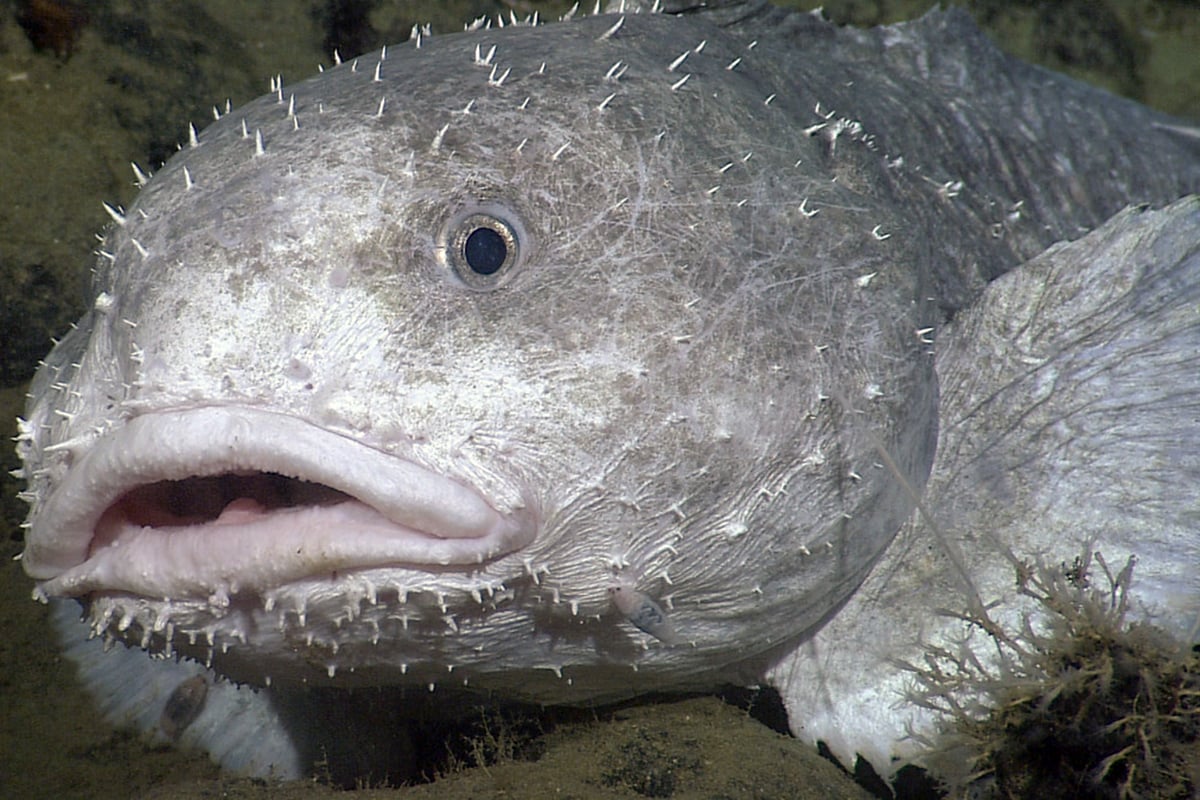
The blobfish’s appearance is often met with both amusement and bewilderment. Resembling a gelatinous mass with droopy features, it has earned the reputation of being one of the world’s ugliest creatures. However, its distinct appearance is a testament to its remarkable adaptations to its extreme environment.
The blobfish lives at depths of up to 900 meters (3,000 feet) below the ocean’s surface, where pressure is several times higher than at sea level. Its gelatinous body, which might appear “normal” under these conditions, acts as a pressure-resistant mechanism that allows it to thrive in this harsh environment. Its lack of a swim bladder, the organ that helps most fish control their buoyancy, enables the blobfish to adapt to the pressures of the deep without the need for complex gas regulation.
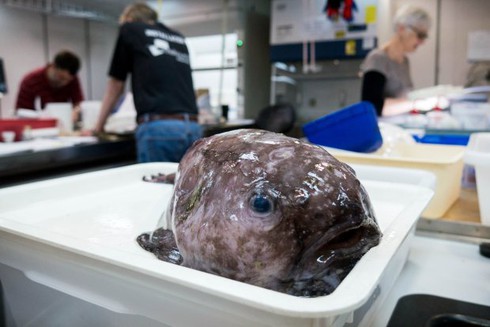
The habitat of Psychrolutes phrictus lies in the abyssal zones of the oceans, where light barely penetrates and the temperatures are close to freezing. It’s predominantly found in the waters off the coasts of Australia and New Zealand, as well as along the seafloor of the Pacific Ocean.
These depths are inhospitable to most forms of life due to the extreme environmental conditions, which makes the survival of the blobfish even more remarkable. The availability of prey, which includes smaller invertebrates and organic matter that drifts down from shallower waters, sustains this unique creature.
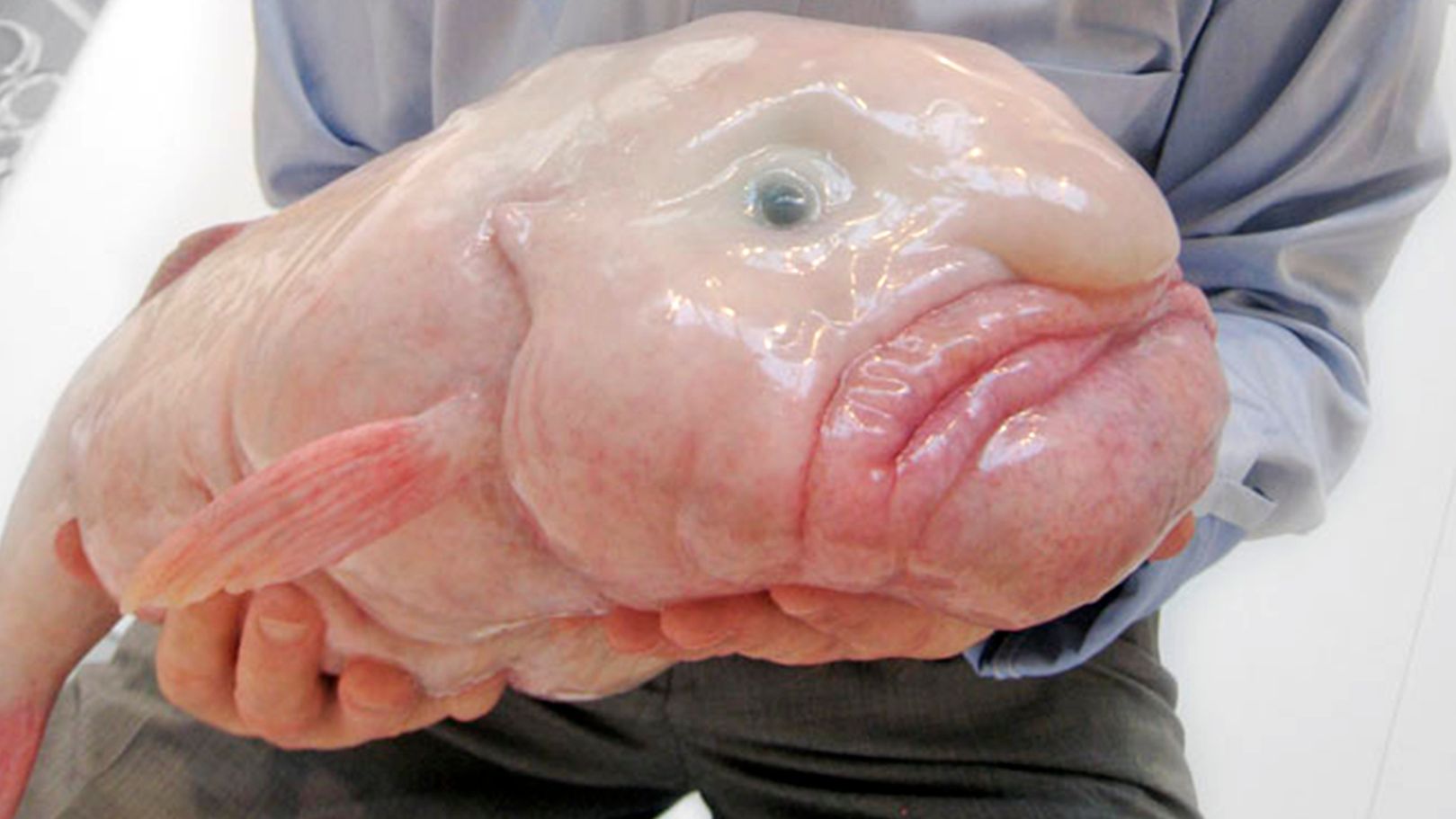
While the blobfish might not be a top predator or a keystone species in its ecosystem, it does play a role in the intricate food web of the deep sea. Its diet consists of whatever edible matter it can find in its vicinity, contributing to the recycling of nutrients in its environment.
Furthermore, studying the adaptations of the blobfish to extreme pressure environments could have implications beyond marine biology. The insights gained from these studies could potentially inform technological advancements in materials science and engineering, helping us create materials that can withstand high pressures and extreme conditions.
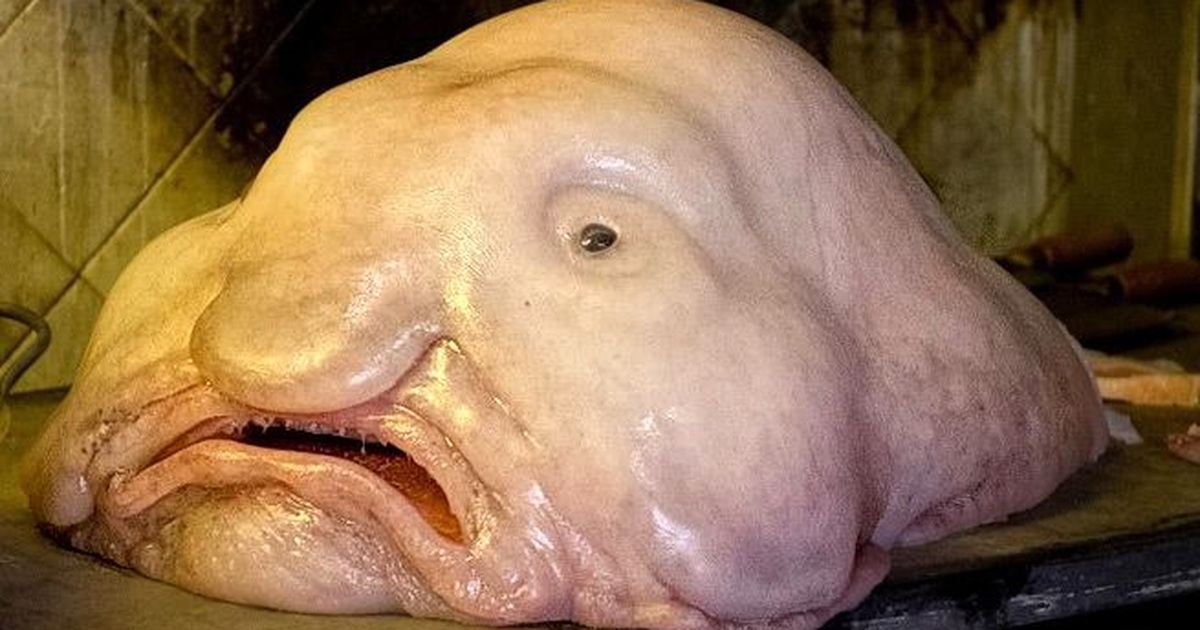
The conservation status of the blobfish is not yet classified on the International Union for Conservation of Nature (IUCN) Red List. However, it is important to note that deep-sea ecosystems, where the blobfish resides, are facing increasing threats from activities such as deep-sea trawling, mining, and climate change. These activities could have unintended consequences for creatures like the blobfish, emphasizing the need for responsible and sustainable management of our oceans.
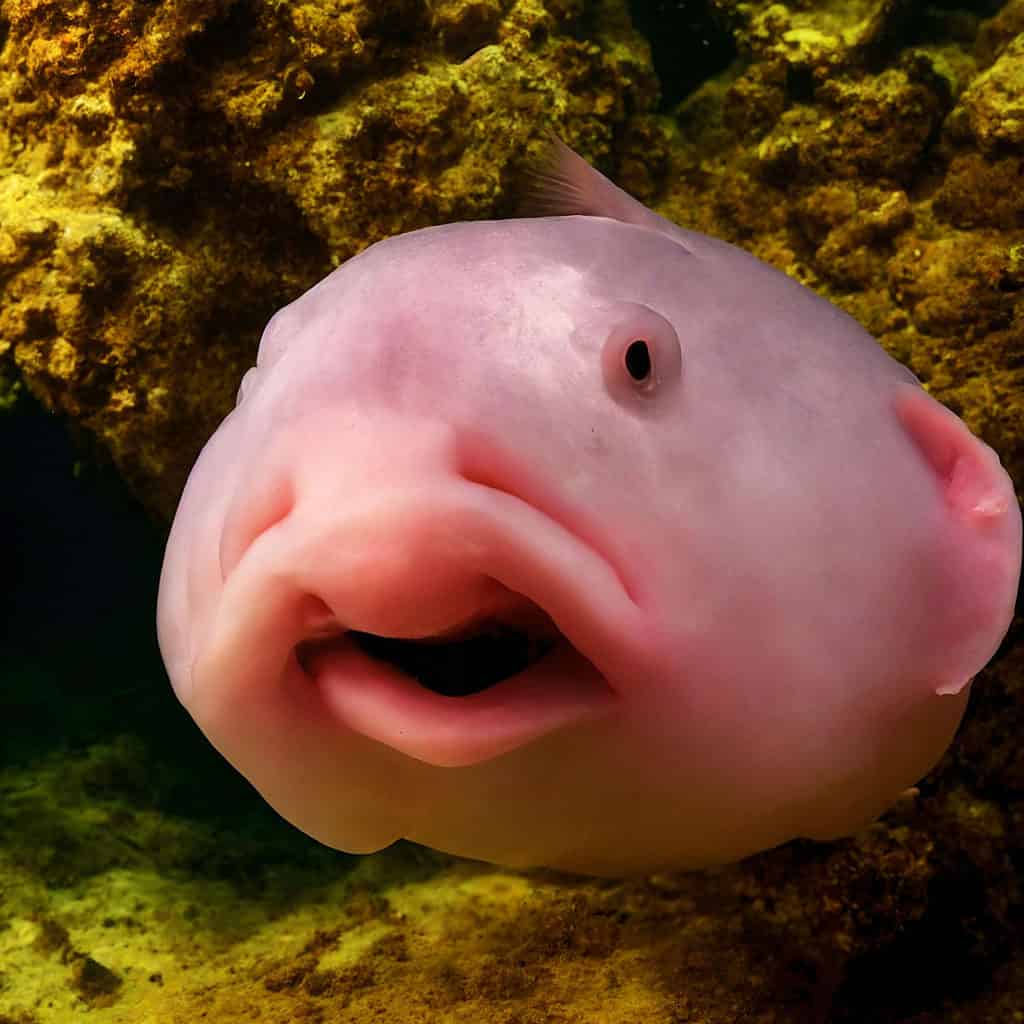
In the depths of our oceans, the blobfish stands as a remarkable testament to the adaptability of life to extreme environments. Its seemingly peculiar appearance masks a series of evolutionary innovations that allow it to thrive in the abyssal zones. Beyond its appearance, the blobfish holds valuable lessons for scientific research and underscores the delicate balance of the world’s oceans. As we continue to explore and understand the mysteries of the deep sea, the blobfish remains a symbol of the wonders that await discovery beneath the waves.



